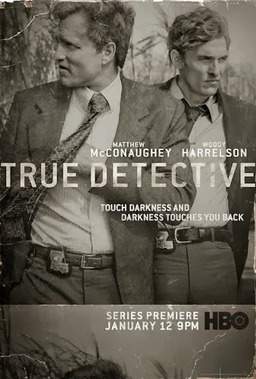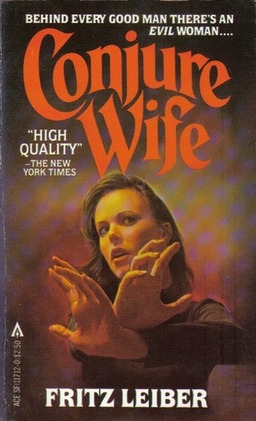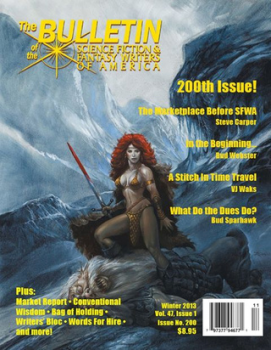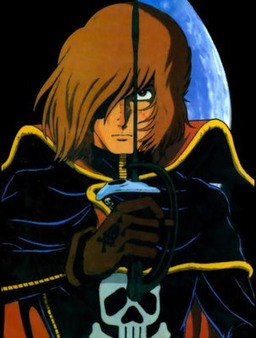The Madness of True Detective
 So everyone in my office has been talking about the new HBO show True Detective, starring Matthew McConaughey and Woody Harrelson.
So everyone in my office has been talking about the new HBO show True Detective, starring Matthew McConaughey and Woody Harrelson.
They talk in hushed whispers. “Hey, did you watch last night?” Suddenly, the volume drops and all I hear is a low buzz over the cube wall. I hear enough to know they’re taking about McConaughey and that new HBO show — and they’re obviously riveted.
I haven’t seen it. Did see the cool ad and noticed how vastly different McConaughey looked, all gaunt in a suit. He’s really turned into an Actor’s Actor, what with terrific recent performances in Mud and Dallas Buyers Club. Although my favorite McConaughey film is probably Sahara. Man, my kids still spout quotes from that movie. Every day I hear, “Sit down… I’ll get the check.” (And, “Of course I brought the dynamite!”)
Anyway. I’ve been seeing a strange flurry of articles about Robert W. Chambers’s brilliant collection The King in Yellow crop up on Facebook recently, and I saw the headline of that io9 piece, “The One Literary Reference You Must Know to Appreciate True Detective.” But I didn’t really make the connection until I saw this article at The Daily Beast, “Read The King in Yellow, the True Detective Reference That’s the Key to the Show.”
The key to understanding HBO’s enthralling series True Detective might be the references to the Yellow King and Carcosa, which the killer Reggie Ledoux talks about and the show hints at to be figures and symbols of a satanic cult of some sort. But the Yellow King is an allusion to The King in Yellow, an 1895 book of horror and supernatural short stories by the writer Robert W. Chambers…
Holy cow… True Detective is based on The King in Yellow?








